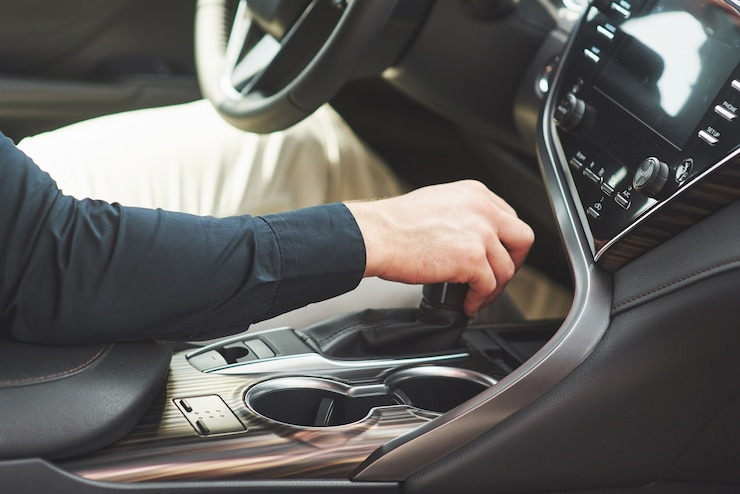
In today’s fast-paced digital world, a business’s success often hinges on its online visibility. The collaboration between web design and SEO (Search Engine Optimisation) is crucial in shaping the fate of a website in Geelong. Despite being perceived as distinct strategies, SEO Geelong and web design are intricately linked. In this blog, we’ll explore their symbiotic relationship, emphasising why they work together seamlessly and how their collaboration is vital for a successful online presence.
The User Experience Factor
The user experience is a fundamental aspect that connects SEO and web design. Search engines, especially Google, prioritise user satisfaction in their website rankings. A well-designed website, providing a smooth and intuitive user experience, tends to have lower bounce rates, higher engagement, and longer time spent on the site—all factors considered by search engines when determining rankings.
Responsive Design and Mobile-Friendliness
In the age of smartphones and tablets, having a design that works well on mobile devices is not merely an option but a necessity. Google acknowledges the rising number of mobile users and prefers mobile-friendly websites in its search rankings. This highlights the significance of responsive web design, where a website adjusts its layout and features according to the user’s device. A mobile-friendly site not only improves the user experience but also positively impacts its SEO performance.
Crawlability and Indexing
Search engines employ web crawlers to navigate and index a website’s content. A well-designed site with straightforward navigation facilitates easy access and indexing of all relevant pages for these crawlers. Conversely, poorly designed websites featuring complex structures, broken links, or unclear navigation can impede the crawling process. Such hindrances may result in incomplete indexing, negatively impacting the website’s SEO performance and reducing visibility in search engine results. Ensuring a user-friendly and well-organised website design is crucial for optimising the crawling and indexing processes, ultimately enhancing SEO outcomes.
Page Loading Speed
The speed of a website is crucial for both user experience and SEO. People have less patience for slow-loading sites and often leave before the content loads. Search engines consider this and usually prefer faster-loading websites in their rankings. Good web design optimises images, browser caches, and reduces unnecessary code to ensure quick page loading.
Content Placement and Readability
How content is arranged and presented on a website impacts user experience and SEO. For users, content should be easy to read, with clear headings, well-organised paragraphs, and visually appealing design elements. Search engines also value well-structured content because it aids in understanding the context and relevance of information. A harmonious blend of design and content is vital for creating a visually pleasing and SEO-friendly website.
Optimised Images and Multimedia Elements
Visual elements like images and videos play a significant role in making a website attractive. However, these elements can affect the website’s performance if not optimised correctly. Web design must use techniques such as image compression, suitable file formats, and descriptive alt text to ensure multimedia content improves the user experience without slowing down page loading. This dual focus on aesthetics and performance exemplifies how SEO Geelong and web design are interconnected.
URL Structure and SEO-Friendly URLs
The structure of a website’s URLs may seem technical, but it’s crucial for both SEO and user experience. A well-organised URL that reflects the site’s hierarchy and contains relevant keywords can boost search engine rankings. Users also prefer clean and descriptive URLs, finding them more trustworthy and easier to navigate. Collaboration between web designers and SEO experts is essential to create a URL structure that is both user-friendly and optimised for search engines.
Link Building and Navigation
Internal and external linking are vital for SEO. From a web design standpoint, a well-thought-out navigation structure makes it easy for users to explore and find valuable content. Links also help search engines understand page relationships, assessing a website’s authority and relevance. Strategically placing links within the overall design of a website not only contributes to an improved user experience but also positively impacts the site’s SEO performance, ultimately leading to better visibility and ranking in search engine results.
Conclusion
The collaboration between SEO and website design has become essential in today’s dynamic online landscape. A well-designed website not only attracts and engages visitors but also creates an optimal environment for search engines to understand, index, and rank its content. The interplay between user experience, mobile-friendliness, page loading speed, and content optimisation underscores the intrinsic connection between these two disciplines. Success requires seamless cooperation between web designers and SEO professionals, leveraging their expertise to create visually appealing, functional, and search engine-friendly websites. Recognising and embracing the synergy between SEO and web design is crucial for providing an excellent user experience and maximising online visibility.





